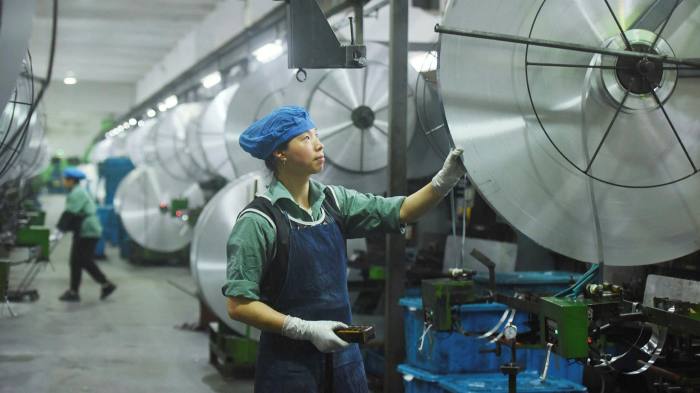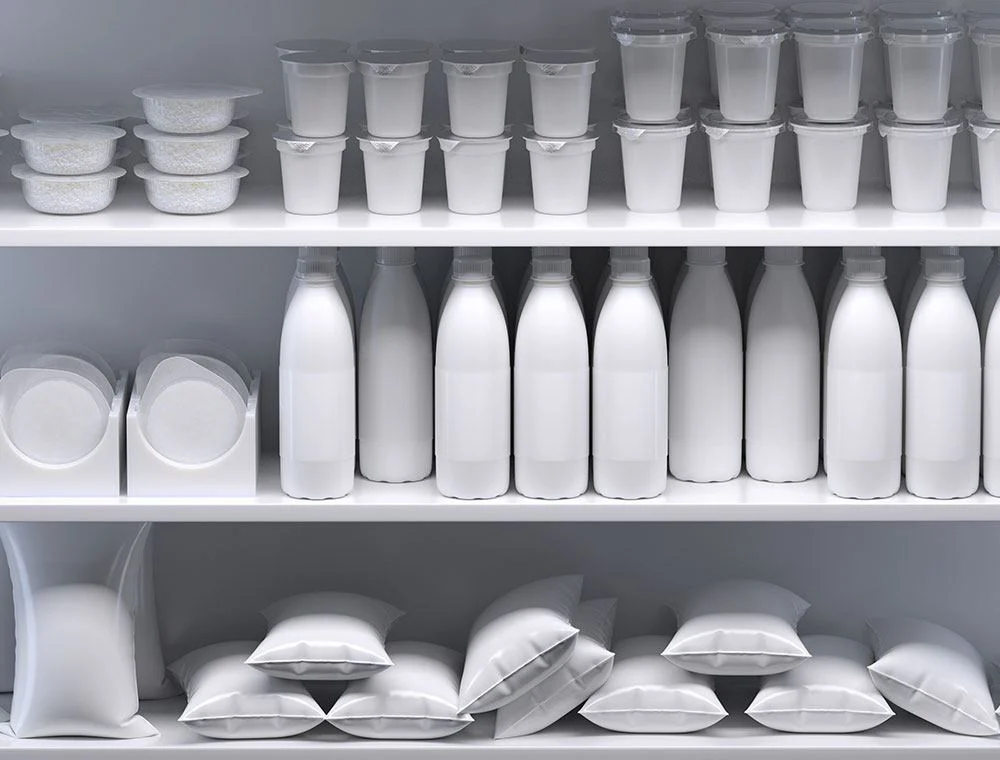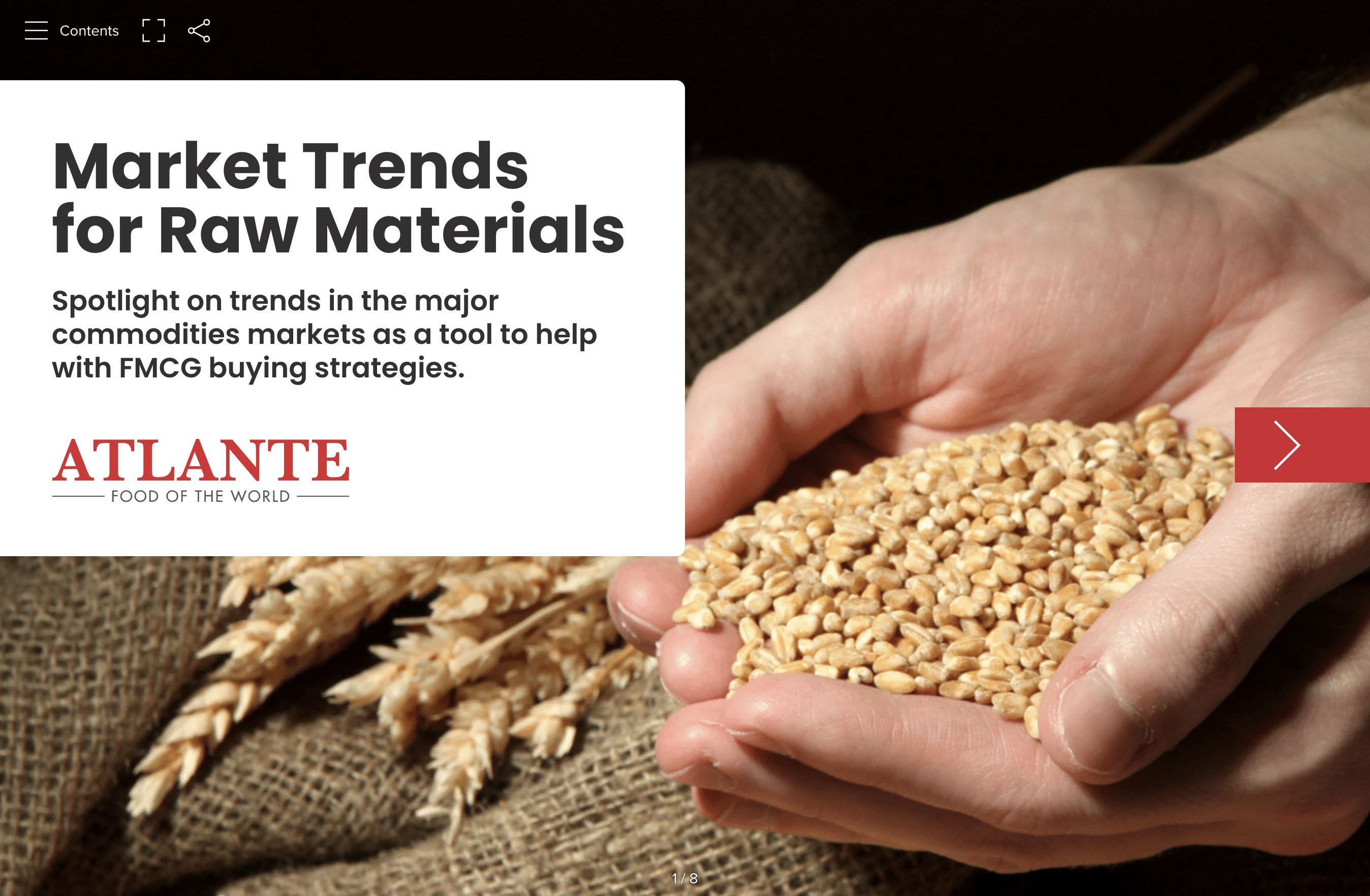Raw Materials and Commodities
Focus on Raw Materials
Every business needs to manage supply chain effectively from purchasing raw materials right up until delivery to the customer.
-
Aluminium
Aluminium is lightweight, easy to recycle over and over again and the fact that it protects the contents which aids in shipping means aluminium is the go to choice for suppliers.
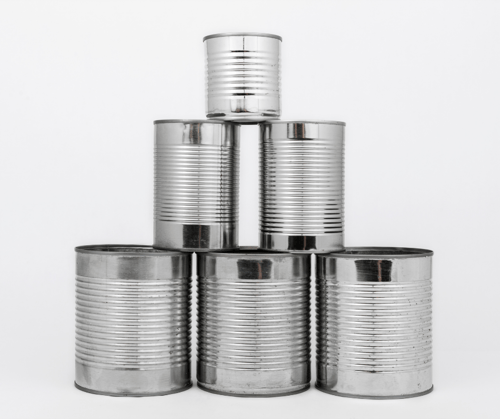
In 2021, increased demand, coupled with rising freight costs, boosted the aluminium price outlook. In May, the metal’s average 2021 price target was upgraded from $1,950 to $2,200 per tonne.
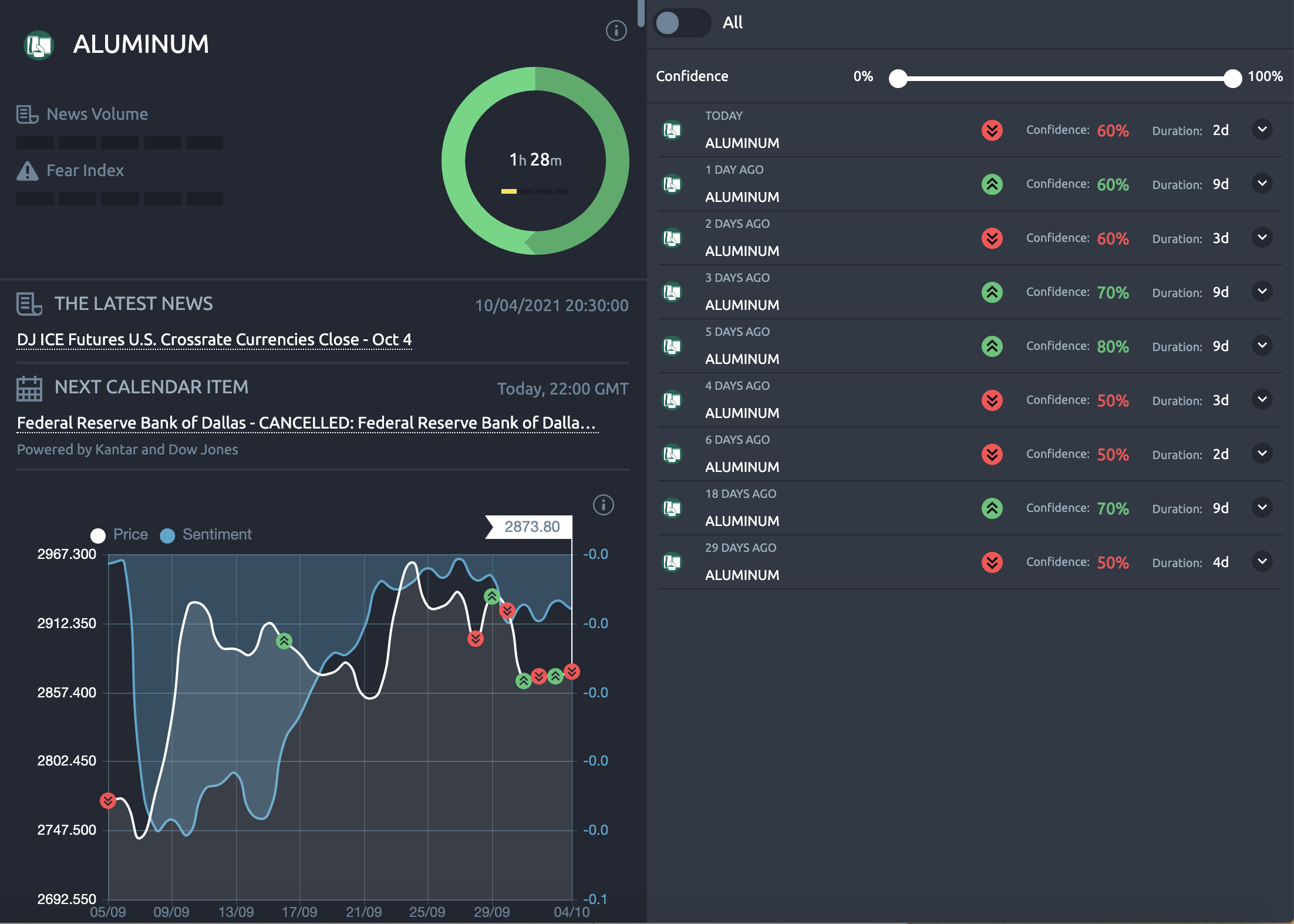
The rising freight rates amid container shortages have caused shipping costs for aluminium to rise throughout the year, leading to longer delivery wait times for consumers, which has caused particular supply tightness in the European market.
-
Paper & Pulp
The pandemic has caused dramatic shifts in operating patterns within the paper industry, which have resulted in fluctuations in pulp and paper supply, and recurring price increases.
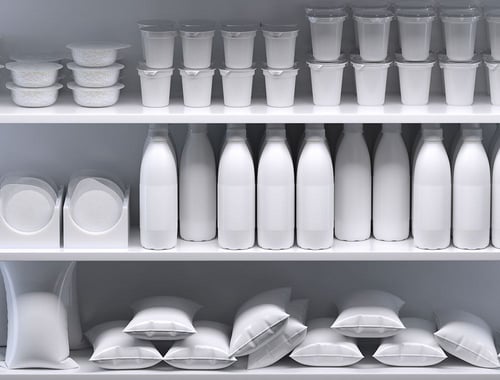
The paper and forest-products industry is often labelled a “traditional” industry. Yet given the confluence of technological changes, demographic changes, and resource concerns that we anticipate over the next decade, we believe the industry will have to embrace change that is, in character, as well as pace, vastly different from what we have seen before—and anything but traditional.
The Tokyo Stock Exchange has a pulp & paper index which helps our team. to track pulp & paper price trends:
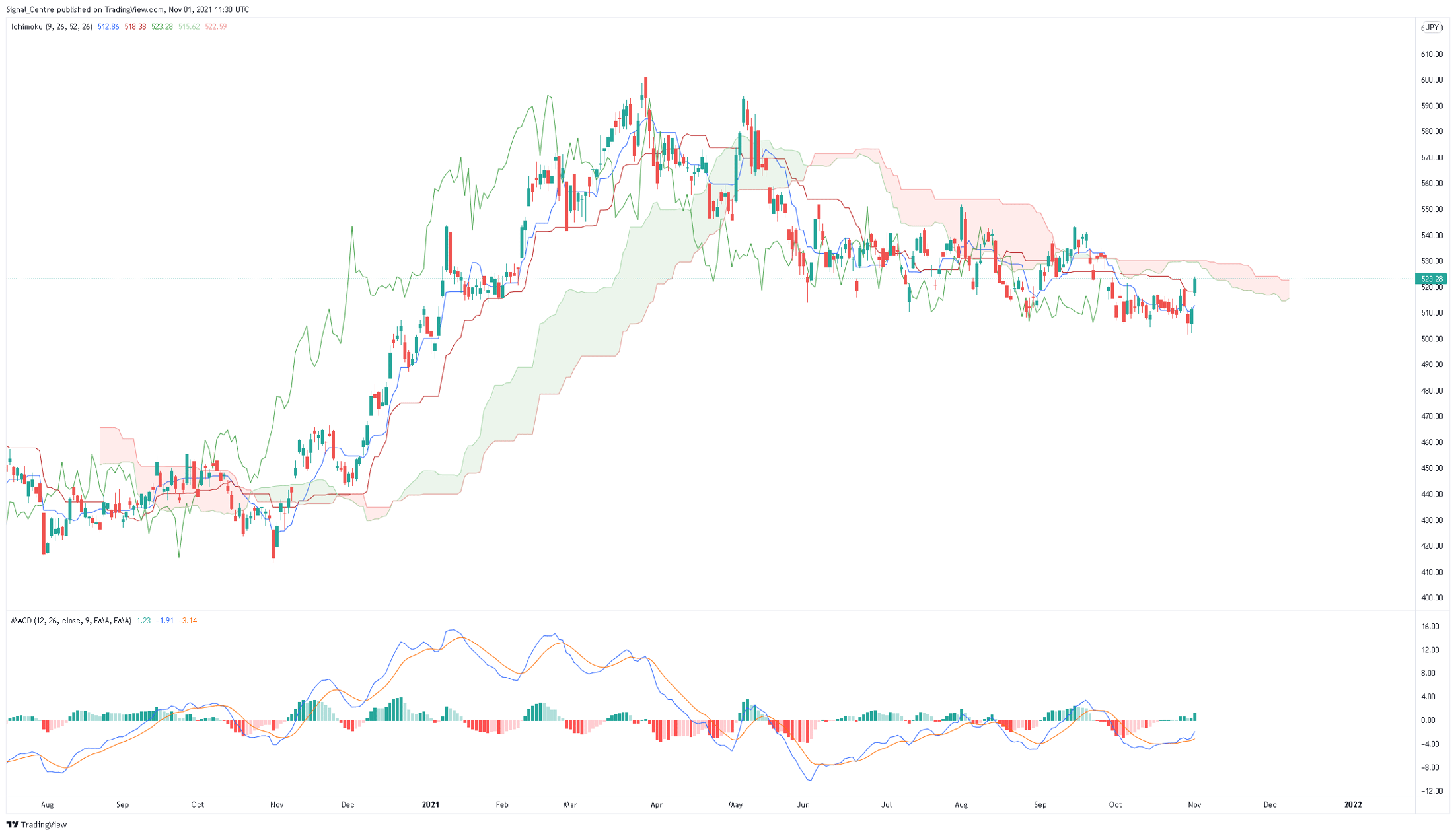
-
Gas
Across the globe, industry was affected and many production plants were halted due to the Covid-19 pandemic. As it's started to open up, the need for gas has meant that there is a shortage and thus prices have increased.

Buyers need to be aware of these prices hikes because it could effect food prices.
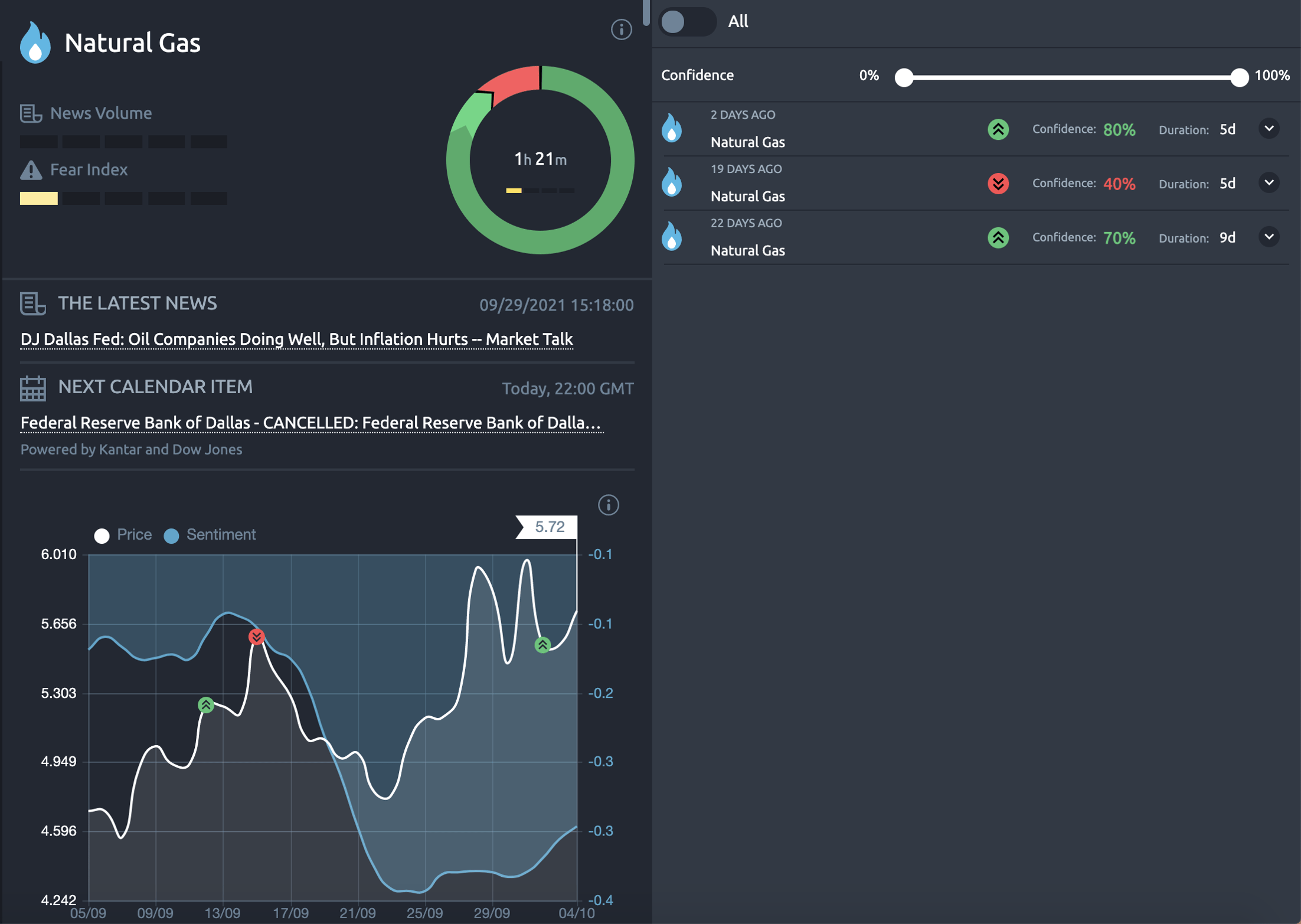
RAW INGREDIENTS
Focus on Raw Ingredients
Having been one of the most popular food products in the pantry as consumers stocked up with pasta and cous cous during the pandemic, the production of durum wheat is in crisis. Luckily, CEO Natasha Linhart is on the pulse and explains below how Atlante can help suppliers ride out the storm. Also on hand to provide some help is Steve O'Hare discussing the key reasons why buyers should keep an eye on the commodity markets.
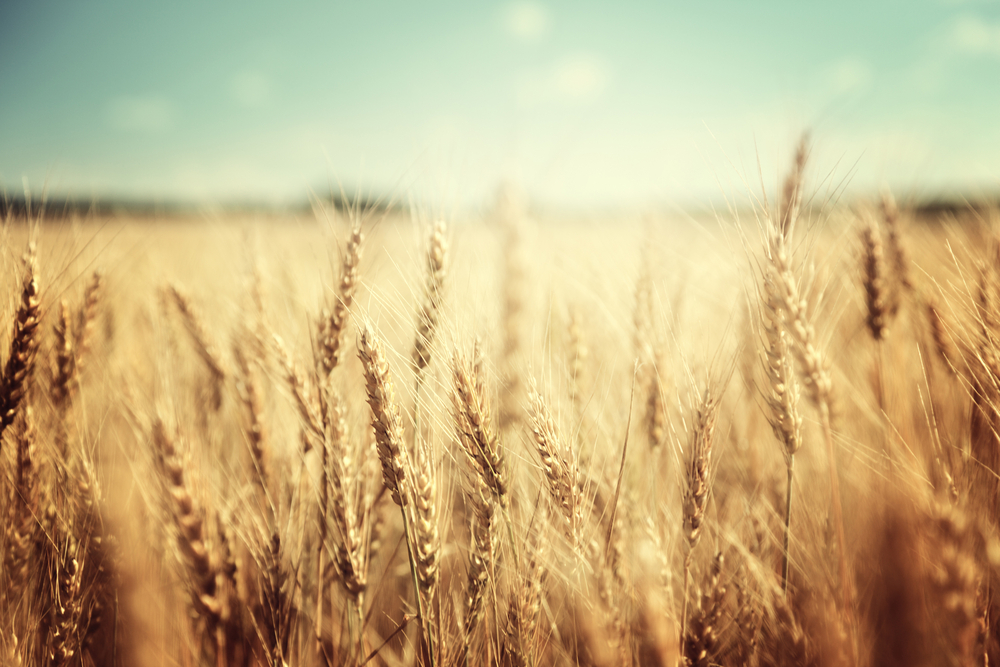
Key Ingredients
-
Wheat
- Wheat
a cereal which is the most important kind grown in temperate countries, the grain of which is ground to make flour for bread, pasta, pastry, etc. Wheat is the most widely grown cereal crop, farmed on more acres than any another commercial crop. - Durum Wheat
a kind of hard wheat grown in arid regions, having bearded ears and yielding flour that is used to make pasta. Durum Wheat is the main raw material with a total consumption of around 1.5 Million tons per year. Due to the limited world production of around 30 Million tons the durum wheat market is susceptible to specific risks regarding Supply Security, Quality Security and Price Volatility.
- Wheat
-
Nutsa fruit consisting of a hard or tough shell around an edible kernel.
- Almonds
people call almonds a nut, but they are seeds, rather than a true nut. Almond trees may have been one of the earliest trees that people cultivated. - Hazelnuts
as well as being used whole, hazelnuts can be roasted, powdered and puréed. The hazelnut supply chain contains serious challenges, especially over labour conditions and child labour. We work with partners to continually address these issues. - Peanuts
the peanut supply chain is a complex system with many moving parts, all of which need to work together to create peanuts for the consumer.
- Almonds
-
Oil
- Sunflower
Sunflower is an important oil seed crop. - Rapeseed
Oilseed rape (or ‘canola’ as it is known in some countries) is one of the world’s major oil crops and of the 70 million tonnes produced annually - Palm
Over the last two decades, palm oil production has expanded more rapidly than almost any other agricultural commodity.
- Sunflower
-
Sugar
Sugarcane production has steadily increased over the past several decades, doubling over the last 20 years. Producing sugarcane places significant pressure on water supplies and leads to water pollution that impacts biodiversity and the functioning of healthy ecosystems.
-
Cocoa
Cocoa is usually grown by smallholder farmers on farms averaging 2 to 4 hectares in size. It is found in hot and humid regions, mostly in West Africa (Côte d’Ivoire and Ghana), Latin America (Ecuador), and South East Asia (Indonesia). There are three main varieties of cocoa trees: Criollo, Trinitario, andForastero (Amelonado).
-
Coffee
The fruit of the coffea plant is the coffee berry, containing two beans within. The coffee berry is stripped down to green beans, it’s shipped from producing countries through a global supply network.
Green coffee beans are exported and shipped around the world. In 2018 alone, 7.2 million tonnes of green coffee beans were exported, valued at $19.2 billion.
-
Soya
Globally traded and highly versatile, the soybean is the world’s largest source of animal protein feed and the second largest source of vegetable oil. Climate change and deforestation are the most salient issues associated with soybean production.
-
Milk
While many people drink milk regularly, few are aware of the extensive supply chain that carries this dairy staple from the farm to the supermarket. From milking the cows themselves to distributing the product, dairy farmers follow strict processing and handling requirements to ensure that consumers enjoy the freshest and safest milk possible. As the selection of dairy products on the market become ever more diverse, the supply chain has only become increasingly complex, demanding even greater speed and accuracy throughout.
-
Maize
The maize value chain is an integrated process wherein various business entities (i.e., suppliers, manufacturers, distributors, and retailers) work together in an effort to acquire raw materials, to convert the raw materials into final products, and then finally deliver these final products to the end users, after adding some value to it.
DURUM Wheat in 2021
Following a disastrous Canadian harvest, the rush on durum wheat prices on international and national markets continues.
Natasha Linhart CEO of Atlante, talks about the perfect storm that’s on the horizon for producers, buyers and consumers.
focus on wheat
Why is wheat important to traders and in turn to buyers? Wheat has been one of the most important food crops used across the globe for centuries. Today, it is one of the most widely produced agricultural commodities on a per-volume basis.
Due to its high protein content and overall nutritional value, wheat remains one of the most consumed grains worldwide.

The Trading Expert's View
Steve O'Hare is a commodities trading expert, who is approved by the UK's Financial Conduct Authority.
Throughout his 30 year trading career he has experienced & traded across some of the most volatile economic periods of modern times. He explains why buyers need to understand the commodities markets.

Wheat Fact #1
Wheat is the most important food source for human consumption.

Wheat Fact #2
It's used in the production of bread, pasta, cookies, breakfast cereals as well as animal feed and biofuel.

Wheat Fact #3
Production of wheat has tripled in the past 50 years as the world’s population has doubled.

Wheat Fact #4
Technological advancements (yield increase) mean the amount of land farmed has remained relatively constant.
What can cause wheat price disruption?
The main factors that affect wheat prices are climate and oil prices. Adverse or unpredicted climate changes will reduce production and increase prices. High oil prices have the same effect.
What is the most important factor in wheat price discovery?
The silent underlying and yet most important factor in wheat price discovery is the big four commodity trading companies namely ADM, Bunge, Cargill and Louis Dreyfus collectively known as ABCD traders.
-
ABCD traders control as much as 90% of the global grain trade. Their sheer scale and huge balance sheets allow them to participate in the supply chain from agricultural production right up to manufacturing. Some own land, provide inputs to farmers, buy the product from farmers, transport and store with their facilities and then sell to manufacturers and retailers.
-
This vertical integration along the supply chain gives them leverage to hedge and set prices for the commodity.
However, fluctuations in the price of wheat are somehow buffered when it comes to the price of bread from the shelf. Wheat prices from 2016-2020 increased by almost 53% and yet bread prices only went up by a marginal 6.3%. This is due to other factors engrained in making bread. It is estimated that the value of wheat in an 800gram loaf of bread is only about 10-15%.
MARKET INTELLIGENCE
Market Trends
Our deep knowledge of markets and products allows us to be on top of market trends.
We formulate ideas, confirm them through research and market analysis, and propose complete projects both for private and fancy brands, handling each phase of project management.
Decades of experience in private label projects, which accounts for 70% of the company’s business, means we always achieve our results, guaranteeing efficiency and a transparent cost structure for turnkey solutions, from idea to shelf.
We study the durum wheat market data to help us with our buying techniques.
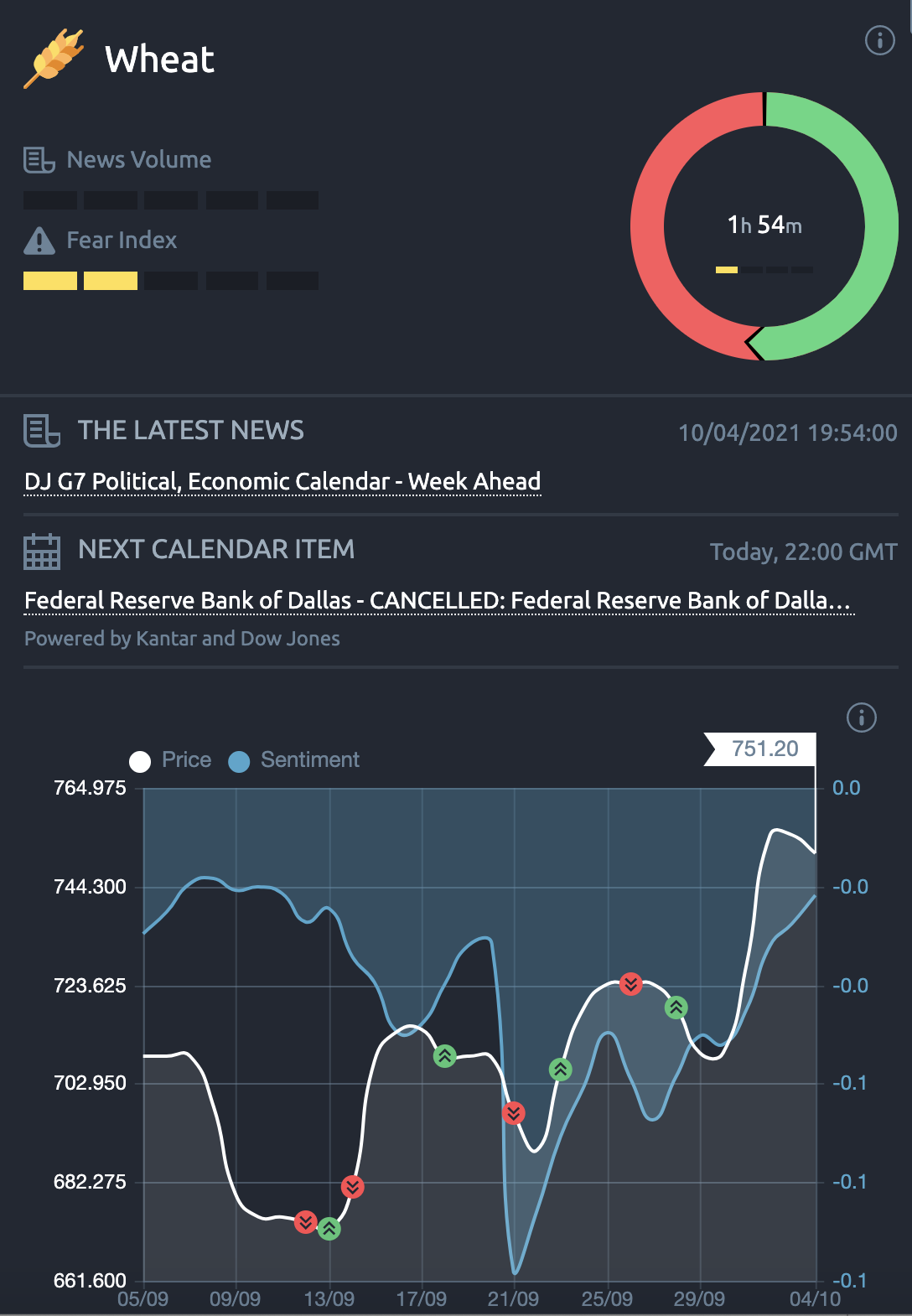
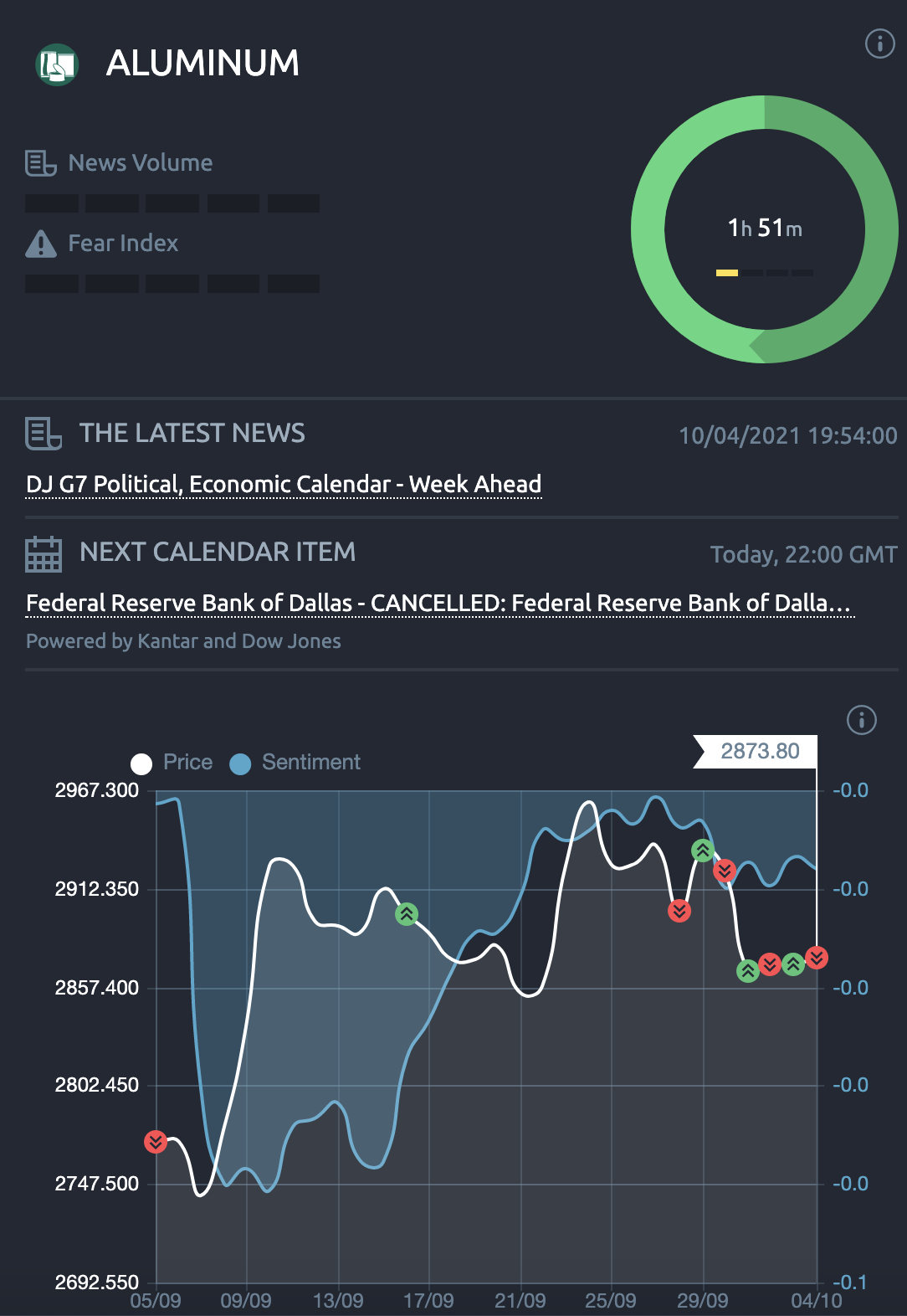
WHY MARKETS MATTER
The physical supply chain is the beating heart of the commodity trading business.
Global trading firms manage transportation and complex logistics to source, store, blend and deliver commodities for their customers around the globe.
The food supply chain encompasses all of the steps that have to happen to get food from concept to consumers − a coordinated series of business interactions which bring together production, transportation, processing, marketing, packaging, distribution, wholesaling, retailing, institutional and restaurant preparation and service.



